Description
Oxemia 100 Tablet (Roxadustat) – Treatment for Anemia in Chronic Kidney Disease
Oxemia 100 Tablet is an innovative oral medication prescribed for treating anemia associated with chronic kidney disease (CKD). As a hypoxia-inducible factor prolyl hydroxylase (HIF-PH) inhibitor, it effectively stimulates red blood cell production by mimicking the body’s natural response to low oxygen levels. This treatment must be administered under strict medical supervision by healthcare professionals experienced in managing CKD-related anemia. Patients typically require regular blood tests to monitor hemoglobin levels, electrolytes, and kidney function throughout therapy. While effective, Oxemia may cause manageable side effects like mild gastrointestinal discomfort or headache in some patients.
Uses of Oxemia 100 Tablet:
- Treatment of anemia in chronic kidney disease patients (both dialysis and non-dialysis)
- Management of chemotherapy-induced anemia in cancer patients
- Improvement of hemoglobin levels in renal anemia
Benefits of Oxemia 100 Tablet:
Oxemia offers significant advantages for CKD patients:
- Stimulates natural erythropoiesis process
- Reduces fatigue and weakness associated with anemia
- Improves overall quality of life
- Oral administration (no injections required)
- Effective for both dialysis and non-dialysis patients
Side Effects of Oxemia 100 Tablet:
Common manageable side effects include:
- Abdominal pain
- Vomiting
- Headache
- Fever
- Peripheral edema
- General weakness
How to Use Oxemia 100 Tablet?
Important usage guidelines:
- Take exactly as prescribed by your nephrologist
- Swallow whole with water (do not crush or chew)
- Can be taken with or without food
- Maintain consistent dosing schedule
- Regular blood tests required during treatment
How Oxemia 100 Tablet Works?
Oxemia’s unique mechanism:
- Inhibits HIF-PH enzyme, stabilizing hypoxia-inducible factors
- Stimulates endogenous erythropoietin production
- Enhances iron absorption and utilization
- Promotes red blood cell formation in bone marrow
Safety Advice:
- Alcohol: Avoid – may exacerbate side effects
- Pregnancy: Not recommended – insufficient safety data
- Breastfeeding: Consult doctor – risk unknown
- Driving: Caution – may cause dizziness
- Kidney Disease: Primary indication – requires dose adjustment
- Liver Disease: Monitor closely – potential need for dose modification
What If You Miss a Dose?
Take as soon as remembered unless close to next scheduled dose. Never double dose to compensate.
FAQs:
Q1. How does Oxemia differ from traditional ESA therapy?
Unlike injectable ESAs, Oxemia is an oral medication that works by stimulating the body’s natural oxygen-sensing pathway rather than replacing erythropoietin directly.
Q2. What blood tests are needed during treatment?
Regular monitoring of hemoglobin, serum iron, ferritin, and kidney function tests are essential to adjust dosage and prevent complications.
Q3. Can Oxemia be taken with phosphate binders?
Take at least 1 hour apart from phosphate binders as they may reduce absorption. Always inform your doctor about all medications you’re taking.
Q4. How long until I see improvement in anemia symptoms?
Most patients notice reduced fatigue within 2-4 weeks, with optimal hemoglobin response typically achieved by 8-12 weeks of treatment.
Q5. What dietary changes support Oxemia therapy?
Maintain adequate protein intake and follow renal diet recommendations. Iron-rich foods (if permitted) can complement treatment effectiveness.
Q6. Can Oxemia cause high blood pressure?
Like all erythropoiesis-stimulating agents, Oxemia may increase blood pressure. Regular monitoring is crucial, especially in hypertensive patients.
Q7. Is Oxemia suitable for pediatric CKD patients?
Currently approved only for adults. Safety and efficacy in children have not been established.

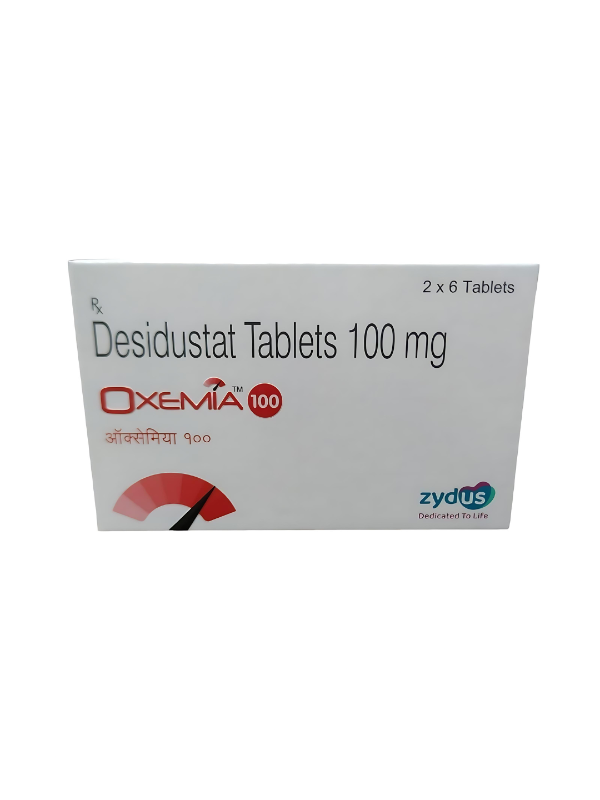
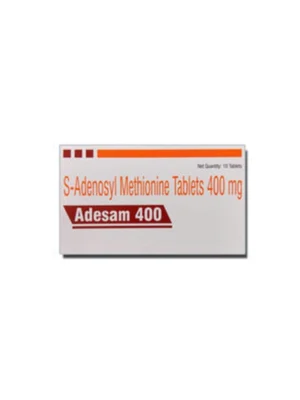
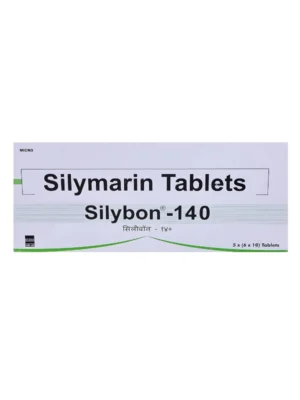
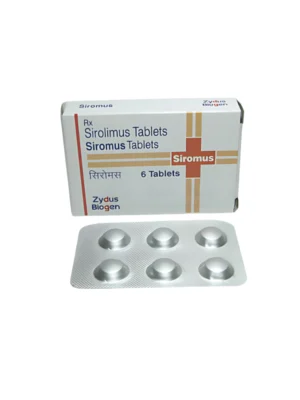


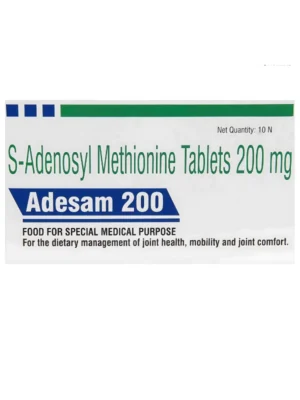
There are no reviews yet.